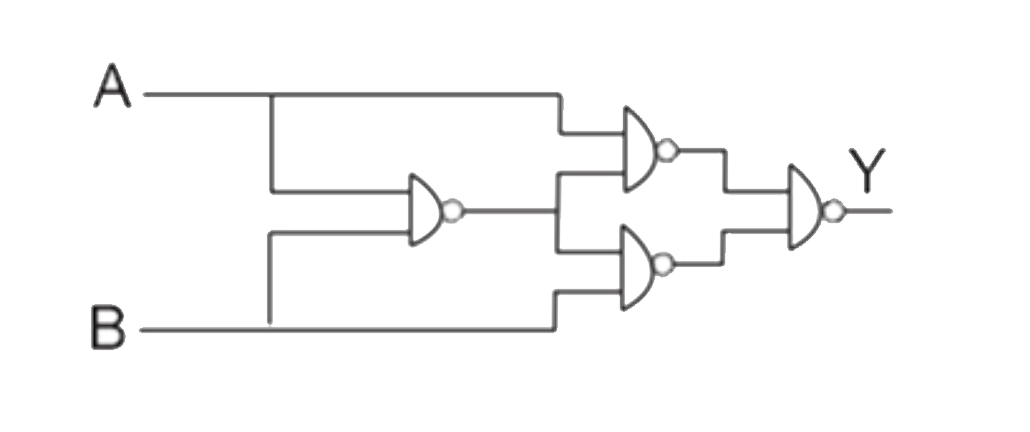Artificial selection to obtain cows yielding higher milk output represents
A
Stabilizing selection as it stabilizes this character in the population.
B
Directional selection as it pushes the mean of character in one direction.
C
Disruptive selection as it splits population into two: one yielding higher output and other yeidling lower output
D
Stablizing selection followed by distruptive selection as it stabilizes the population to produce higher yielding cows
Video Solution
Text Solution
The correct Answer is:B
|
Answer
Step by step video & text solution for Artificial selection to obtain cows yielding higher milk output represents by Biology experts to help you in doubts & scoring excellent marks in Class 12 exams.
Updated on:21/07/2023Topper's Solved these Questions
- STRATEGIES FOR ENHANCEMENT IN FOOD PRODUCTIONBOOK - MODERN PUBLICATIONCHAPTER - STRATEGIES FOR ENHANCEMENT IN FOOD PRODUCTIONEXERCISE - COMPETITION FILE (MATCHING TYPE QUESTIONS:)
3 Videos
- STRATEGIES FOR ENHANCEMENT IN FOOD PRODUCTIONBOOK - MODERN PUBLICATIONCHAPTER - STRATEGIES FOR ENHANCEMENT IN FOOD PRODUCTIONEXERCISE - COMPETITION FILE (ASSERTION REASON TYPE QUESTIONS:)
11 Videos
- STRATEGIES FOR ENHANCEMENT IN FOOD PRODUCTIONBOOK - MODERN PUBLICATIONCHAPTER - STRATEGIES FOR ENHANCEMENT IN FOOD PRODUCTIONEXERCISE - REVISION EXERCISES (QUESTIONS FROM CBSE BOARD EXAMINATIONS)
5 Videos
- SEXUAL REPRODUCTION IN FLOWERING PLANTSBOOK - MODERN PUBLICATIONCHAPTER - SEXUAL REPRODUCTION IN FLOWERING PLANTSEXERCISE - Competition File (Assertion & Reasons Type Questions)
19 Videos
Similar Questions
Knowledge Check
Select the correct output Y
 AA.BBA+BCA.¯¯¯B+B.¯¯¯ADA.B+¯¯¯A.¯¯¯B
AA.BBA+BCA.¯¯¯B+B.¯¯¯ADA.B+¯¯¯A.¯¯¯BAn artificial ecosystem is represented by
APisciculture tankBAgricultural landCZooDAquariumAssertion : Milk yield in primarily dependent on the quality of breeds in the farm .
Reason : Selection of good breeds having high yielding potential combined with resistance to disease is very important.AIf both assertion and reason are true and the reason is the correct explanation of the assertionBIf both assertion and reason are true but reason is not the correct explanation of the assertionCIf assertion is true but reason is falseDIf both assertion and reason are false
